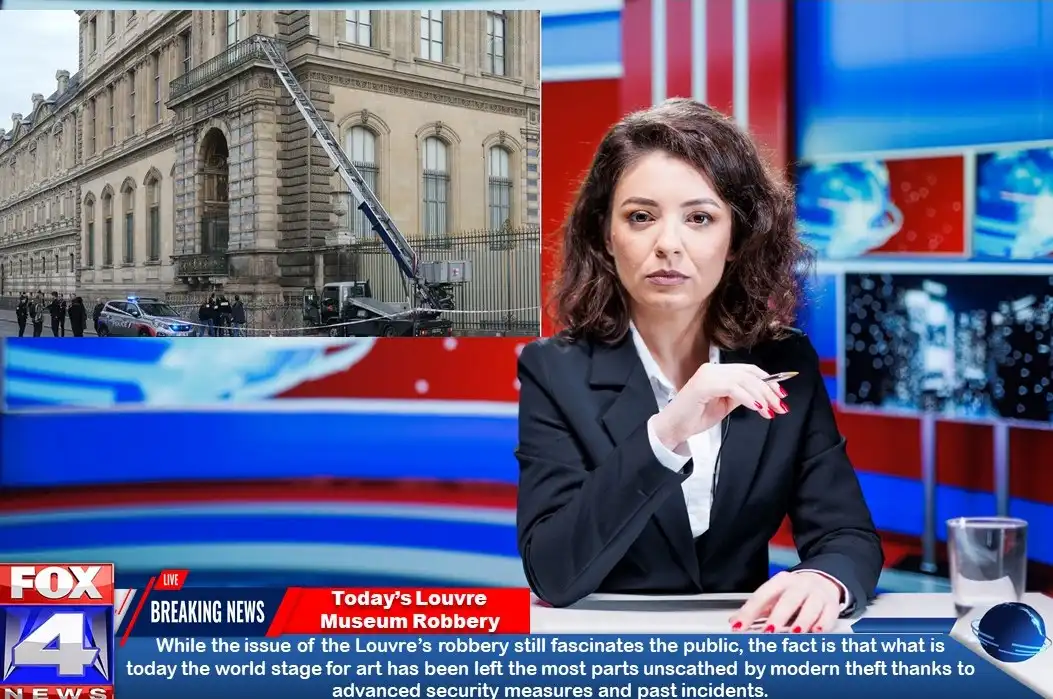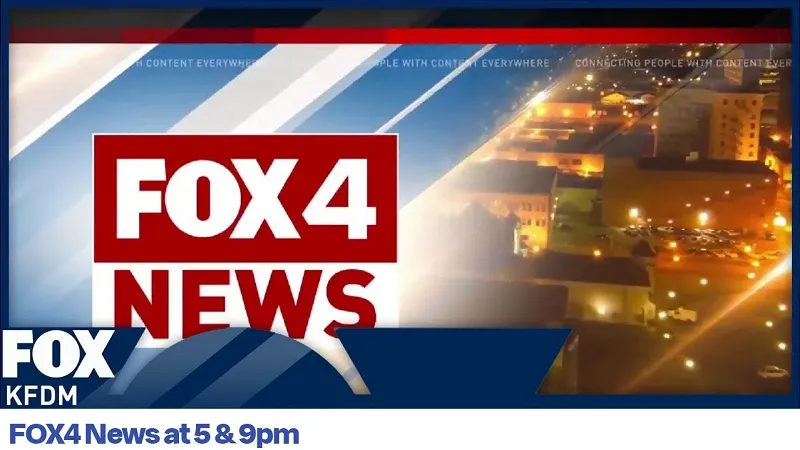The Louvre, which is home to what is considered the world’s best art, including the Mona Lisa and Venus de Milo, is a cultural symbol as well as what is unfortunately a primary target for art thieves. While most visitors think of the museum’s amazing collections, the term “Louvre Museum heist” piques interest, worry and intrigue. Has there ever been a successful theft from the world’s most famous museum? How does the Louvre secure its invaluable pieces? This article looks into the facts behind reported robberies, historical attempts and the measures the museum takes to prevent such incidents.
The Tale of Truth and Fiction of a Louvre Heist.
No great heist in recent memory.
To the contrary, what we see put forth in the media and in fiction is that the Louvre has never in recent history pulled off a large-scale heist. What we have is a myth which plays in the press and in the theory of the fringe that the Louvre has been robbed, which, in most cases, is a hoax, a misinterpretation, or a fabrication which includes elements of a movie and novel like The Da Vinci Code.
Stringent Security Measures.
The Louvre may also be the best-secured museum in the world. It has over 2,000 surveillance cameras, armed guards, infrared motion detection systems, and advanced biometrics in place that which which it uses to prevent any unauthorised action.
At present, artworks are protected by bulletproof glass and are put in climate-controlled display cases, which also have alarms. These measures make a robbery a very remote possibility.
A historical example of what you speak of.
In 1911, the Mona Lisa was stolen by Vincenzo Peruggia, an Italian handyman who managed to get into the Louvre’s closed wing, hid there for a night, then left the next morning with the painting in his overcoat. It was 2 years until they had the painting back, but that did see the Mona Lisa gain worldwide attention.
Recent reports of hoaxes and incidents.
At intervals, social media reports of a Louvre heist go viral, which at the same time see doctored images and staged videos do the rounds. They prove for the most part to be hoaxes or guerrilla marketing. Still, these stories put forth the fact that we are very much interested in and scared of the prospect of a real Louvre Museum heist.
Louvre’s Proactive Approach to Art Security.
Collaboration with International Law Enforcement: The museum is a partner with INTERPOL and other organisations with which we respond to reports of stolen art and credible threats.
Digital Art Registry: In the Louvre’s database, every item is recorded, which in turn helps to prevent the sale of stolen pieces.
Public Engagement and Transparency: The museum updates the public on security issues and incidents, which in turn reduces speculation and misinformation.
Tips for Art Institutions: Lessons from the Tuileries, which is adjacent to the Louvre.
If you are the curator of an art collection or head of a cultural institution, take note that these action points are based on the Louvre’s security strategy:
Invest in Smart Surveillance: AI-equipped cameras and motion sensors for 24/7 exhibit monitoring.
Secure Display Technology: Dust-proof and alarm-equipped display units for your art.
Staff Vetting and Training: Thoroughly background check employees and provide ongoing training in security procedures.
Establish a Crisis Response Plan: Have a ready-made plan in place for emergencies, which includes coordination with law enforcement.
Conclusion:
While the issue of the Louvre’s robbery still fascinates the public, the fact is that what is today the world stage for art has been left the most parts unscathed by modern theft thanks to advanced security measures and past incidents. The great heist of the Mona Lisa in ‘11 was the fact the catalyst for the museum to become a global leader in art security. As cultural institutions all over the world put in place better security measures, the Louvre stands out as a model of vigilance, innovation and history.
Get more information about this news, check here: fox4kc.org.



